Every player has one or two decks that they can’t live without.
Some archetypes are well-known among Yu-Gi-Oh! fans, whether it was their first deck or one from their favorite cartoon character.
Over the years, some models have taken over the meta like a storm or for a few months.
On the other hand, even people who don’t play Yu-Gi-Oh have heard of some characters.
For example, if you go around and ask people if they’ve heard of Blue-Eyes White Dragon, they probably have, even if they’ve never played Yu-Gi-Oh before.
Some decks have become popular because of these three things, while others have become less important.
Let’s look at some of these famous archetypes and see which ones stand out the most.
21. Aqua: Frogs
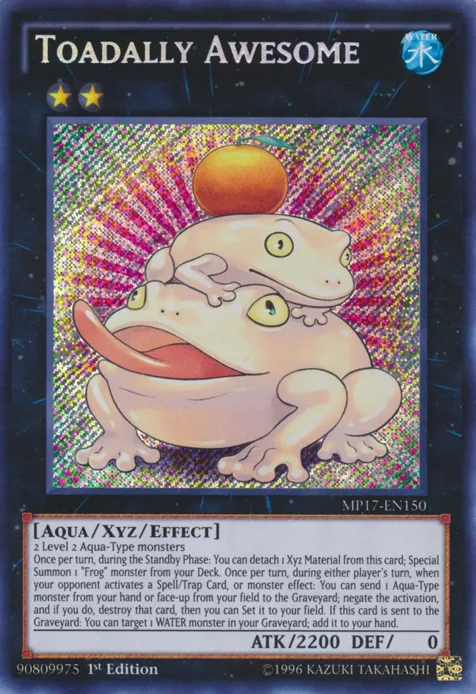
This is the first and only pure Aqua archetype to reach a competitive meta-level.
Paleozoic Frogs are great together because they fill the field with level 2 Aqua-type monsters that Toadally Awesome (shown) can use as XYZ fodder.
It’s so easy to bring out Toadally Awesome on your first turn, where it will cause a lot of trouble by canceling any effect on a card and moving that card to your side of the field.
Combine this boss monster with the Paleozoic traps for a deadly effect. The Paleozoic traps are very flexible and can be used in any situation.
Paleozoic Frogs is still one of the best Yu-G decks, even in the current meta. It made it to the top 32 at Nationals, which is crazy!
20. Qliphort
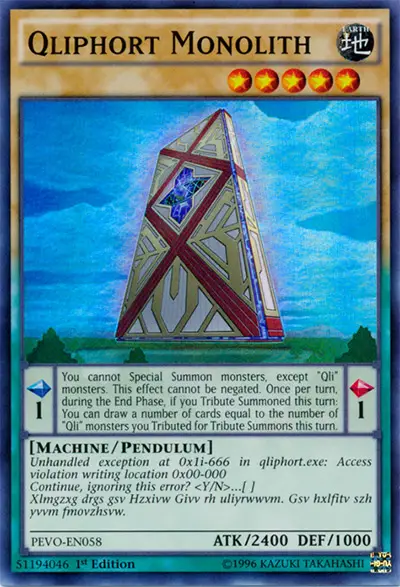
The Qliphort or Qli style was first seen in “The New Challengers” set in 2014, and it was a very annoying deck.
Most of the time, Qliphort decks use pendulum summoning to get stronger monsters with effects that trigger when they are summoned.
One version of the Qliphort strategy that is very annoying is based on the card Vanity’s Emptiness, which makes it impossible for either player to special summon monsters.
This disadvantage doesn’t change how Qliphort is played, though, because the archetype can rely on standard summoning and tribute summoning.
But since Vanity’s Emptiness was banned, Qliphort hasn’t been in the meta since.
19. Red-Eyes

The Red-Eyes archetype was presented at the very beginning of Yu-Gi-Oh, along with other popular archetypes like Blue-Eyes or Dark Magician.
Over the years, cards like Red-Eyes Flare Metal Dragon and Red-Eyes Fusion have given the Red-Eyes strategy a lot of crazy help.
Also, the Red-Eyes archetype can either focus on huge effect damage with monsters like Archfiend Black Skull Dragon or try to fill the field with Red-Eyes Darkness Metal Dragon’s effect to overwhelm the opponent.
Even though it’s still nostalgic, it’s not as important as the other characters of that time, so it’s not higher on this list.
18. Sky Striker
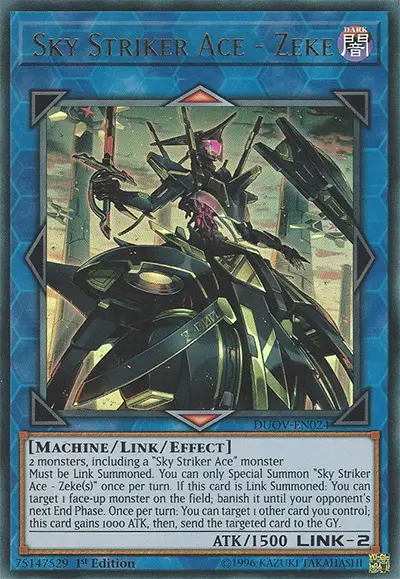
Even though Sky Striker is near the bottom of this list, the strategy will almost certainly make a comeback now that it is back in the metagame after being banned.
The Sky Striker Archetype is mostly about using magic cards to get rid of threats on the opponent’s board.
In fact, the power of spell cards gets stronger as you play more of them.
In the same way, these spell cards can be used over and over again because there are so many Sky Striker cards that let you add the spell to your hand or put it back on the field.
Since Sky Striker Mobilize – Engage! is no longer banned, it is now easier than ever to do this.
17. Lightsworn
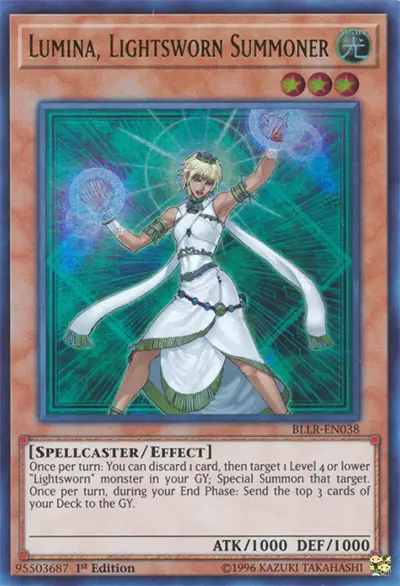
You might not remember everything about Lightsworn. But do you remember that one deck that kept sending cards from the top of its deck to the graveyard?
That was Lightsworn, sure.
In this archetype, going out on a limb was definitely a risk. Lightsworn decks, on the other hand, like to send most of their cards to the graveyard because it lets them use more effects.
The most popular way to win with this deck was with the Judgment Dragon, which lets you pay 1000 life points to send all other cards on the field to the graveyard.
Even though this deck was a lot of fun to play in the past, it has way too many problems to be a good choice in the current meta.
16. Dark Magician
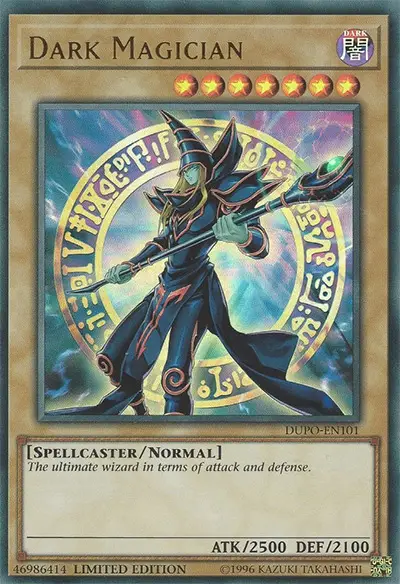
The Dark Magician might be the most well-known Yu-Gi-Oh monster.
But Blue-Eyes fans shouldn’t panic yet, because I haven’t forgotten about you.
The Dark Magician archetype didn’t really take off until a few years ago, when it got some cards to help it out.
At the moment, the archetype is mostly about strong monsters that you can summon with Dark Magician. These monsters have high attack and card effects that can easily clear your opponent’s field.
Using Dark Magic Circle to remove a card from your opponent’s field every turn was a popular way to do this.
The only thing I didn’t like about this style was that I think Konami should have given Dark Magician 3000 attack, so that it could compete with Blue-Eyes White Dragon.
Other than that, it was hard at the beginning of the game to suggest the Dark Magician archetype over the Blue-Eyes archetype.
15. Blackwing

Blackwing is another deck that became popular because of the anime. In this case, it was Yu-Gi-Oh 5D’s, and I have to say that it looks pretty cool.
People who look like birds are part of the Blackwing image.
In terms of how to play, Blackwing is all about filling the field with Blackwing monsters so that you can do powerful Synchro calls.
Aside from these Synchro monsters, the Blackwing archetype is also known for its hand traps. D.D. Crow is a well-known example.
This fast and quick way of playing lets Blackwing players set up their boards very quickly and stop their opponents from playing.
14. Six Samurai
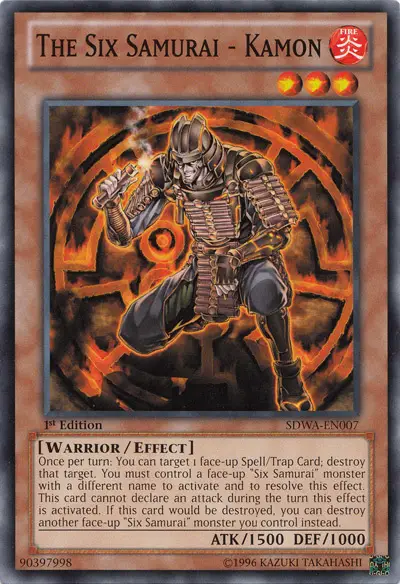
Six Samurai was another character that quickly became popular, but the ban/limited list stopped it.
The Six Samurai figure was based on Japanese samurai, as the name suggests, and who doesn’t think samurai are cool?
Anyway, this strategy used the spell “Gateway of the Six” to flood the field with creatures and call out “Legendary Six Samurai – Shi En,” which was a very powerful monster back in the day that could end a game.
Hand traps and cancels weren’t really a thing yet at the time.
So Shi En stopped a lot of people from getting their combos to work.
Since the number of copies of Gateway of the Six was limited, Six Samurai hasn’t been the same.
13. Monarch
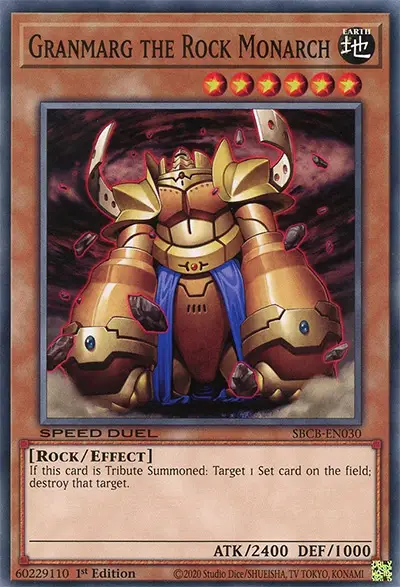
The Monarch archetype looks pretty scary, but when it first came out, it was one of the most powerful decks in the game.
The Monarch playstyle is all about summoning monsters with tributes and the affects that happen when you do this.
The Monarch deck can be very hard to beat because the monsters can get rid of cards just by being called.
Also, the attack of these cards is nothing to laugh at. So this was a very big problem.
When the Monarch character was at its best, it was known for running over its opponents.
Since hand traps were made, Monarch decks have been a little harder to play because they are so weak against these counters.
12. Frog
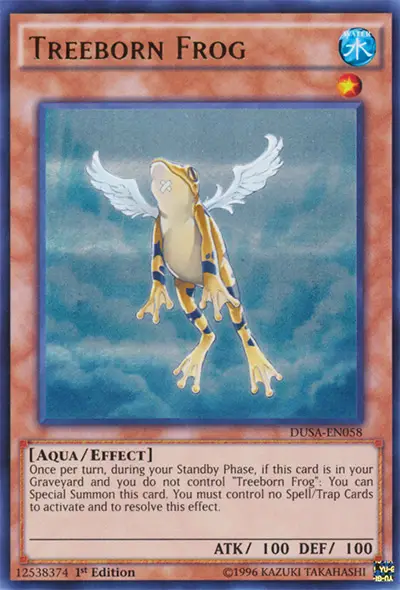
The Frog character was very annoying, and it still is.
I’m looking at you, people who play Toadally Awesome.
One thing you’ll notice about frog monsters is that they don’t pose much of a threat in fight because their attack and defense aren’t very high.
But strong cards like Des Croaking make it easy to get rid of threats on your opponent’s side of the field.
In fact, it will be hard for your opponent to get rid of your field because the Frog class has effects that make it easy to bring back other Frog monsters.
It goes without saying that many Yu-Gi-Oh players are glad the frog age is over.
11. Nekroz
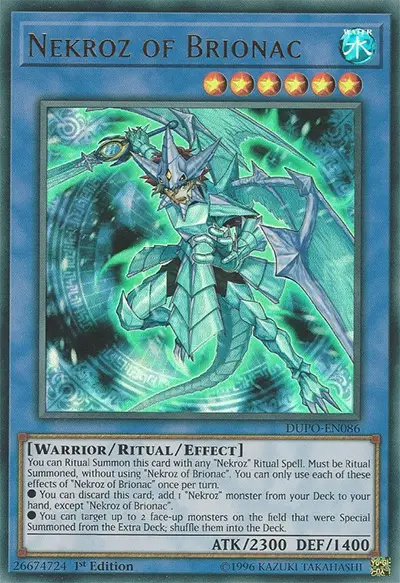
Nekroz took advantage of an interesting summoning method that many players probably have never used in their life: ritual summoning.
Ritual summoning used tributes to special summon monsters, usually with the effect of a spell card.
Oftentimes you’ll find that the levels of the tribute need to be equal or greater to the Ritual monster you are summoning.
In a way, this is similar to Synchro summoning, but uses a spell card instead of a tuner monster.
The Nekroz playstyle greatly hinders your opponent’s extra deck monsters with effects that negate extra deck monster effects or reduce their stats.
Ritual summoning was quite an underused summoning method, so this deck’s conventions were unfamiliar to most players.
10. Zoodiac
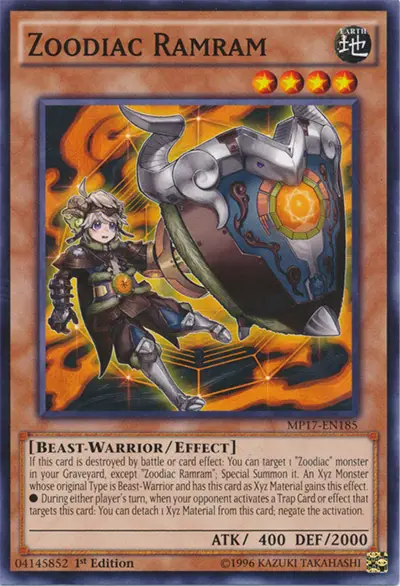
Zoodiac is an extremely powerful and popular deck, and is even still played to this day (in case you wanted to try it out).
Zoodiac monsters are based on the 12 animals from the Chinese Zodiac.
As you may have guessed, the archetype features 12 different monsters.
The Zoodiac archetype is extremely diverse and it provides a huge variety of support for any Beast-Warrior monsters in the form of protection or extra offensive abilities.
One of the most insane parts of this deck is its ability to pull off a combo with a single card.
But like most decks, a lot of the hype around this deck disappeared with the ban of cards like Zoodiac Drident and Zoodiac Broadbull.
9. Cyber Dragon
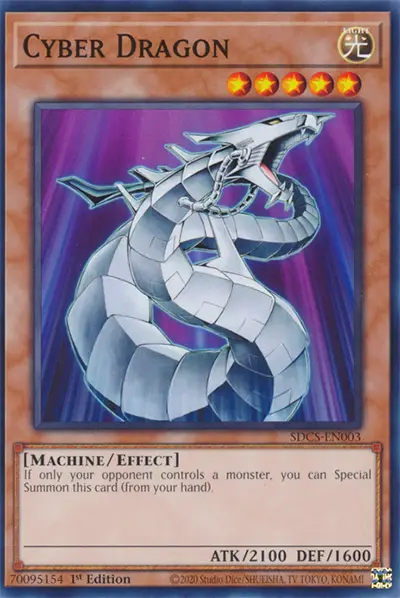
Cyber Dragon has always been known for its power and ability to compete with all sorts of decks throughout the years.
In fact, you could have used a Cyber Dragon deck competitively 2 years ago and still use a Cyber Dragon deck today with no problems.
The main goal of this deck is to bust out as many Cyber Dragon fusion monsters as possible, using the different effects of Cyber Dragon monsters to summon themselves to the field.
However, an exception to this came with the introduction of Cyber Dragon Infinity, – which was a game-changer for Cyber Dragon players.
Cyber Dragon Infinity was infinitely more difficult to deal with, and could absorb any powerful monster if you did not deal with it the previous turn.
8. Shaddoll
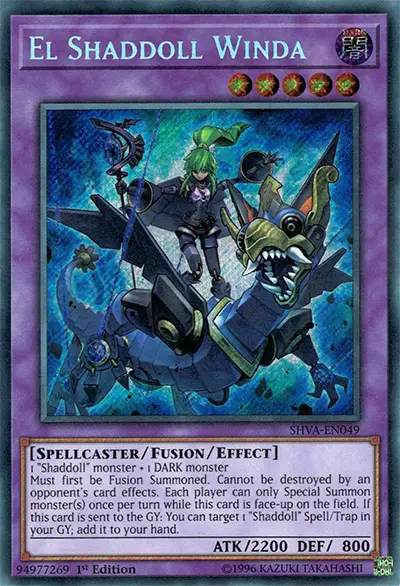
Shaddoll has always been around. With the rise of new engines like Dogmatika, this archetype has seen its fame rise and fall many times.
The Shaddoll archetype uses the powers of its Fusion monsters to get rid of threats and stop opponents from playing effects.
El Shaddoll Winda and El Shaddoll Construct are two of the most played cards.
Winda makes it so that each player can only use a special call once per turn, which can be a huge pain.
This isn’t much of a problem for Shaddoll players, since they should already have their boards set up by the time they summon Winda.
7. Dinosaur
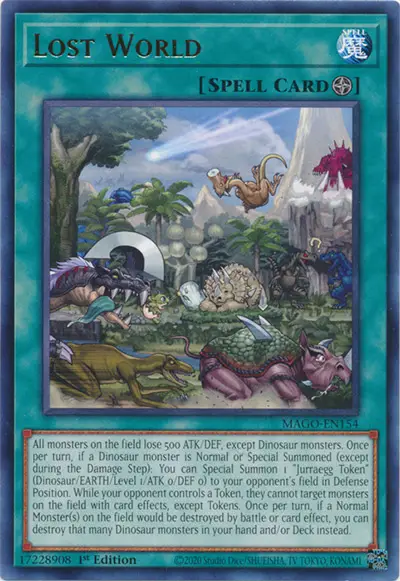
As kids, we all loved dragons. So, when the Dinosaur archetype came out, it was only normal that a lot of players were drawn to it.
As of this writing, the Dinosaur archetype is one of the most popular decks because many cards that were banned have been unbanned.
The Dinosaur style is mostly about using monsters with very high attack stats to smash through the opponent.
Ultimate Conductor Tyranno is one of the most famous monsters in this archetype because he can kill your opponent all by himself.
If you want to play any of these decks, Dinosaur is a great choice.
6. Dragon Ruler

Dragon Ruler might have been the best deck in the history of Yu-Gi-Oh, but it has been banned and will never be used again.
There are two different kinds of dragon monsters in Dragon Ruler:
Versions for babies, and then versions for adults.
The archetype’s main goal was to fill the field with adult dragons, which could then be used to kill other cards on the board or make extra deck monsters.
This deck was so strong that Konami made many changes to it. First, they banned the baby dragons and then they put limits on the adult dragons.
But that wasn’t enough, so Konami banned all the adult dragons except for Tempest, the Dragon Ruler of Storms. This made the character almost impossible to play with.
5. Exodia
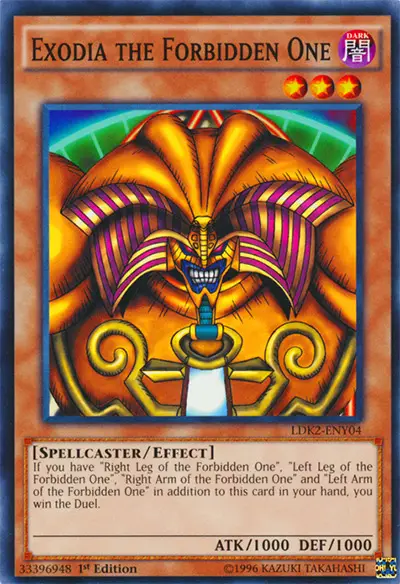
No matter if you know Exodia because of how popular it is or because of the famous Kaiba scene in the Yu-Gi-Oh anime, everyone has to agree that it is a memorable card.
If you don’t already know this, the goal of the Exodia archetype is to get all of the Exodia pieces into your hand. Once you do that, you win the battle.
There are many different versions of this deck, some of which use Mystic Mine, Heart of the Underdog, or my personal favorite, Appropriate.
Even so, I won’t say that fighting an Exodia player might be one of the most boring things in the world, since you might not even get to play a single card.
4. Performapal Performage
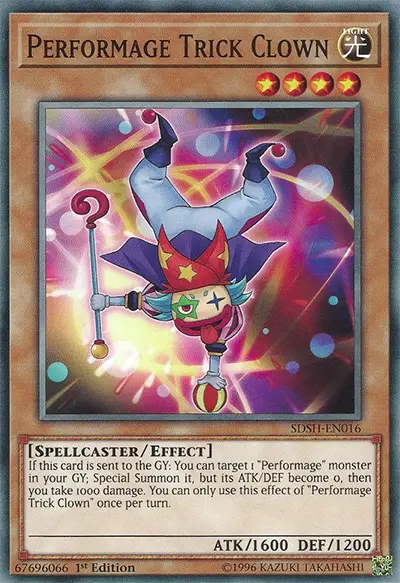
Performapal might have been one of the archetypes that Konami didn’t bother trying before it came out because it was so unbalanced and strong.
Don’t be fooled by the cute circus themes on these monsters. They can really hurt you.
This archetype has a scary number of support cards, and the powerful Odd-Eyes cards used by the main character in the Yu-Gi-Oh Arc-V anime work well with them.
By using Pendulum Summoning, Performapal was able to quickly fill the field with powerful monsters, and the fact that there were so many monsters made everyone’s attacks even stronger.
This deck was such a big deal that, after it came out, Konami put out an emergency ban list.
3. HERO
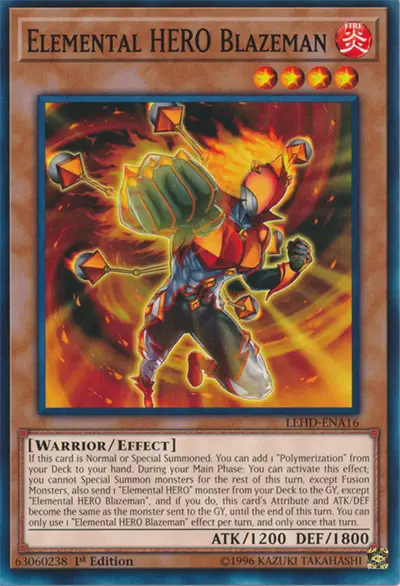
No one doesn’t like heroes, right?
There must be a reason why superhero movies make so much money every year, right?
When you add that the main character in Yu-Gi-Oh! GX used this deck, you have a recipe for success.
There are more sub-archetypes of the HERO archetype, but we’ll focus on the Elemental Hero archetype.
One of the best forms of this archetype took advantage of Masked Change to use Masked HERO monsters.
The powerful powers of these monsters made it hard for your opponent to do things.
For example, Masked HERO Dark Law makes it less likely for your opponent to be able to use certain cards in their combos.
2. Blue-Eyes
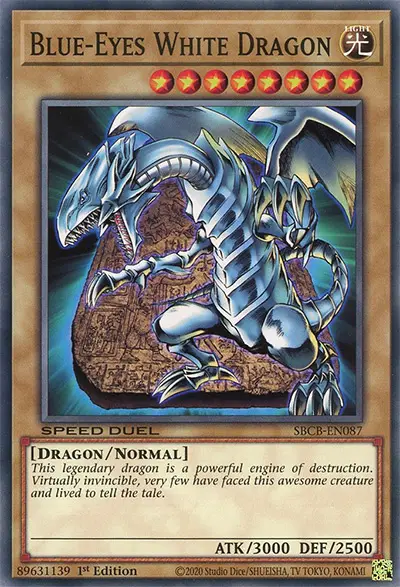
If a chance stranger knows a Yu-Gi-Oh monster, it’s likely to be a Blue-Eyes White Dragon 11 times out of 10.
Even though Dark Magician was one of the first archetypes to come out, the Blue-Eyes archetype was much more popular because the monsters with that archetype had more power.
But, like Dark Magician, Blue-Eyes has gotten a lot of help over the years, which helped it become one of the best decks for a while.
This type of deck is called a “control deck” because it gets rid of your opponent’s cards and limits what they can do on their turn.
When all of their monsters have an insanely high attack, it’s easy to see how Blue-Eyes became a very strong archetype.
1. Burning Abyss
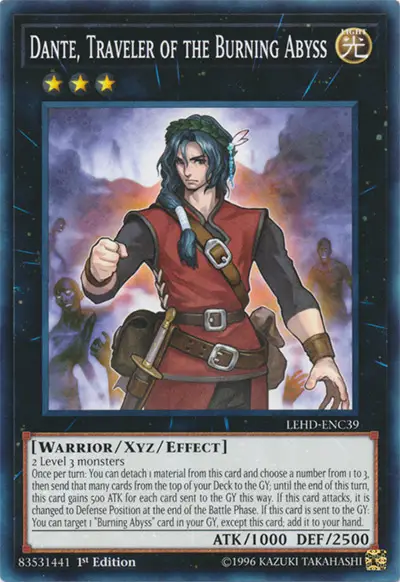
Now, I don’t know what was going on when Burning Abyss came out, but it seemed like every Yu-Gi-Oh player was playing Burning Abyss.
This deck had monsters that looked like demons. It is by far the most popular Yu-Gi-Oh deck ever, and players are still using it 7+ years after it came out.
In fact, it was at the top of the fame charts for at least 5 years before it began to lose steam.
Burning Abyss was known for its combos with Dante that gave it huge card advantages. This let it call powerful generic extra deck monsters like Decode Talker and keep hitting the opponent over and over again.
No matter what Konami did, the Burning Abyss archetype just kept changing and growing to fit the game.